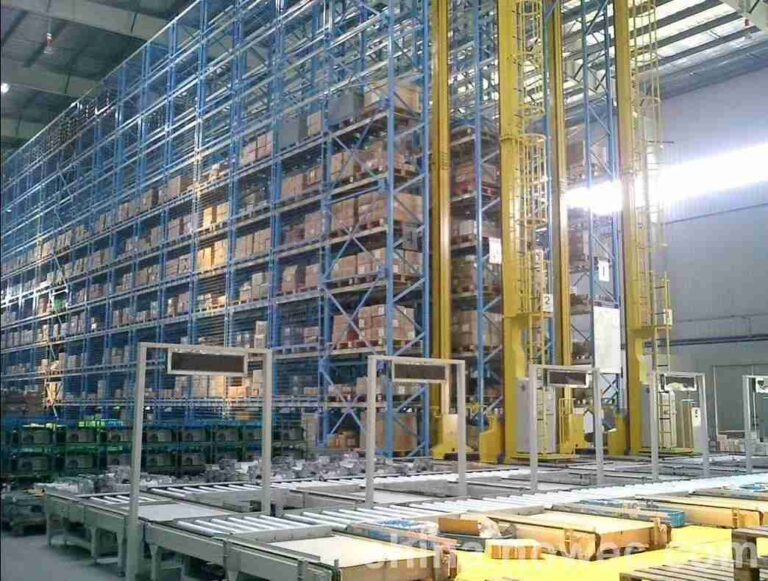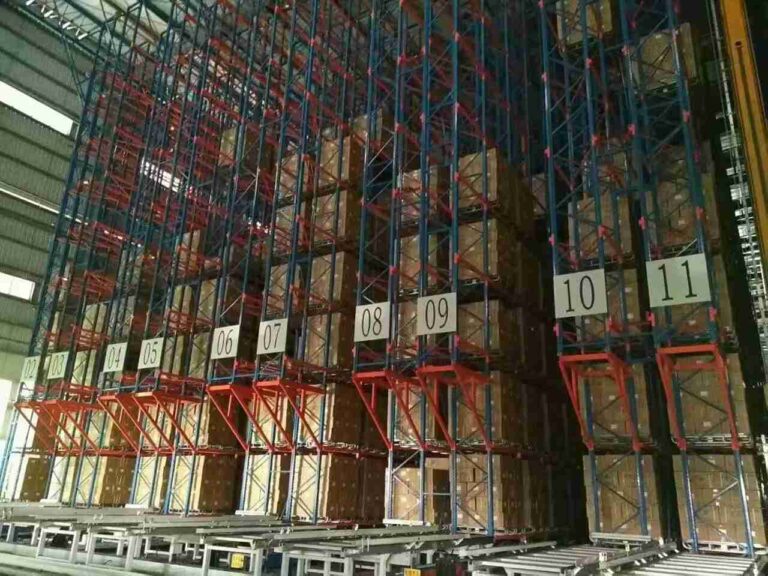📐 "First 50 Enterprise Queries Get Custom 3D Warehouse Design" Plan

The Unbeatable Choice for -25°C Warehousing: Industrial AGVs Built for Reliable Uptime
In the unforgiving environment of -25°C cold storage, ordinary automation fails. Standard Automated Guided Vehicles (AGVs) are not designed for the extreme temperatures, condensation, and physical demands of deep-freeze logistics. The result is catastrophic: system-wide downtime, product spoilage, and massive financial loss. This article is the definitive guide to industrial-grade AGVs engineered specifically for unmatched uptime in -25°C warehousing.
We will dissect the critical engineering challenges—from battery performance in sub-zero climates to material integrity and navigation reliability. We explore the tangible ROI of frost-proof automation, detailing how the right AGV system transforms a frozen storage facility from a cost center into a model of efficiency, accuracy, and resilience. For logistics managers, warehouse operators, and C-level executives in the food, pharmaceutical, and logistics sectors, this is the technical deep dive that separates true cold storage specialists from mere suppliers.

The Unforgiving Landscape of Modern Cold Chain Logistics
The global cold chain market is expanding at an unprecedented rate, driven by the rise of online grocery, pharmaceutical biologics, and prepared foods. This growth places immense pressure on frozen storage facilities to operate with higher throughput, greater accuracy, and relentless reliability. Within these facilities, the -25°C environment presents a unique set of challenges that standard warehouse equipment simply cannot withstand. This is the domain where specialized Cold Storage AGVs transition from being a competitive advantage to an absolute operational necessity.
The implementation of robust Cold Storage AGVs is no longer a forward-thinking strategy but a core requirement for businesses aiming to thrive in the temperature-controlled logistics sector. Facilities that rely on manual labor or standard automation in these deep-freeze conditions face a constant battle against inefficiency, error, and the ever-present risk of a complete operational breakdown.
The Domino Effect of Standard Automation Failure in Deep-Freeze Environments
When a conventional AGV, not designed for sub-zero operation, is deployed in a -25°C warehouse, its failure is not a simple malfunction; it triggers a catastrophic domino effect. The first point of failure is often the power system, as standard batteries rapidly lose capacity, leaving a Cold Storage AGV stranded in a critical aisle. This single event can block access for other equipment, halting the entire order-picking and put-away process for hours.
The subsequent steps—dispatching technicians in restrictive PPE, attempting repairs in the extreme cold, and frequently opening freezer doors—further exacerbate the problem. Each door opening causes temperature fluctuations, risking product spoilage for sensitive items like vaccines or premium seafood. The financial impact compounds rapidly: lost labor hours, wasted energy, potential inventory loss, and missed shipping deadlines erode profitability and damage client relationships. This cascade of failures underscores why purpose-built Cold Storage AGVs are the only viable solution for maintaining continuous operations.
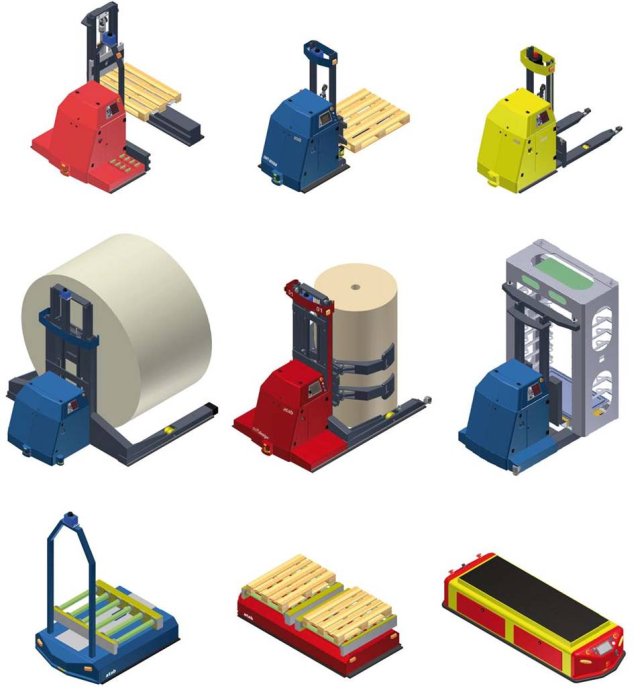
Engineering for Extreme Reliability: The Anatomy of a True -25°C Cold Storage AGV
Constructing a Cold Storage AGV that merely moves at -25°C is a basic achievement. Engineering a fleet of Cold Storage AGVs that deliver 99.5%+ uptime requires a fundamental, ground-up redesign where every component is selected and tested for extreme environmental resilience. This involves a holistic approach that integrates hardened mechanical systems, sophisticated thermal management, and redundant electronic controls. The design philosophy for these specialized Cold Storage AGVs must prioritize longevity and reliability over cost-saving compromises, ensuring that every vehicle can withstand thousands of hours of operation in the most demanding conditions imaginable.
The Frost-Proof Chassis and Structural Integrity
The very skeleton of a reliable Cold Storage AGV must be constructed from materials that defy conventional limitations. Manufacturers specializing in true Cold Storage AGVs utilize high-grade, low-temperature steels and specific aluminum alloys that retain their tensile strength and ductility, effectively preventing catastrophic cracking and metal fatigue under constant thermal cycling. The selection of polymers and composites is equally critical; off-the-shelf plastics will become brittle and shatter upon impact at -25°C, whereas the composites used in professional Cold Storage AGVs are engineered with a low glass transition temperature, maintaining flexibility and impact resistance.
Furthermore, every seal, gasket, and conduit entry point on a best-in-class Cold Storage AGV employs specialized materials like Viton or low-temperature silicones to ensure an absolute barrier against moisture and dust ingress, which is the primary cause of internal ice formation and component failure.
The Power Core: Advanced Low-Temperature Battery Systems for Cold Storage AGVs
The power system is the beating heart of any AGV, and it is here that standard models fail most dramatically in cold environments. A standard lithium-ion battery experiences a drastic reduction in ionic conductivity at -25°C, potentially losing over 50% of its rated capacity and becoming unable to deliver the high current required for propulsion and lifting.
The Cold Storage AGVs designed for unmatched uptime feature thermally managed battery systems that represent a significant technological leap. These systems often incorporate integrated heating pads that activate when the Cold Storage AGV is docked at a charging station in a temperature-controlled area, pre-conditioning the battery to its optimal operating temperature before entering the deep-freeze.
The battery housing itself is heavily insulated to retain operational heat, and many leading models are now adopting Lithium Iron Phosphate (LiFePO4) chemistry due to its superior safety profile, longer lifecycle, and better performance at low temperatures compared to standard NMC chemistries. This comprehensive approach to power management is what allows these Cold Storage AGVs to maintain predictable duty cycles and avoid unexpected shutdowns.
The Nervous System: Hardened Electronics and Sensor Suites
Every circuit board, wire harness, and sensor in a -25°C environment is a potential single point of failure that can disable an entire Cold Storage AGV. The hardening process for the electronic nervous system of a Cold Storage AGV is multi-layered and non-negotiable. All printed circuit boards (PCBs) undergo a conformal coating process, where a thin, protective polymer film is applied to shield the circuitry from condensation, moisture, and corrosive contaminants.
The electrical cabinets and drive components of a high-availability Cold Storage AGV typically carry an Ingress Protection (IP) rating of IP54 or, preferably, IP65, ensuring they are fully protected against dust and low-pressure water jets from any direction. Beyond sealing, every passive and active component—from capacitors and resistors to OLED displays—must be sourced with manufacturer-specified operating temperatures of -40°C or lower. This ensures that the entire electronic ecosystem of the Cold Storage AGV remains stable and reliable, preventing the cryptic faults and intermittent failures that plague non-hardened systems.
Perception and Navigation: How Cold Storage AGVs See and Think in a Hostile World
Navigation systems that perform flawlessly in a ambient warehouse can be utterly deceived by the conditions of a -25°C cold store. Laser-based navigation (LIDAR), a common technology for AGVs, can be disrupted by the layer of frost that often forms on racking uprights and walls, scattering the laser beams and creating ghost obstacles. The most advanced Cold Storage AGVs overcome this through sensor fusion and algorithmic sophistication.
They combine LIDAR data with input from inertial measurement units (IMUs) that track the vehicle’s acceleration and rotation, providing a dead-reckoning position that maintains accuracy even if the primary laser is temporarily obscured. Furthermore, the Simultaneous Localization and Mapping (SLAM) algorithms running on these Cold Storage AGVs are specifically tuned for feature-sparse, highly reflective frozen environments. This ensures that the Cold Storage AGV can always locate itself on the map and will not become “lost” due to a temporarily altered landscape, a critical capability for maintaining uninterrupted workflow.
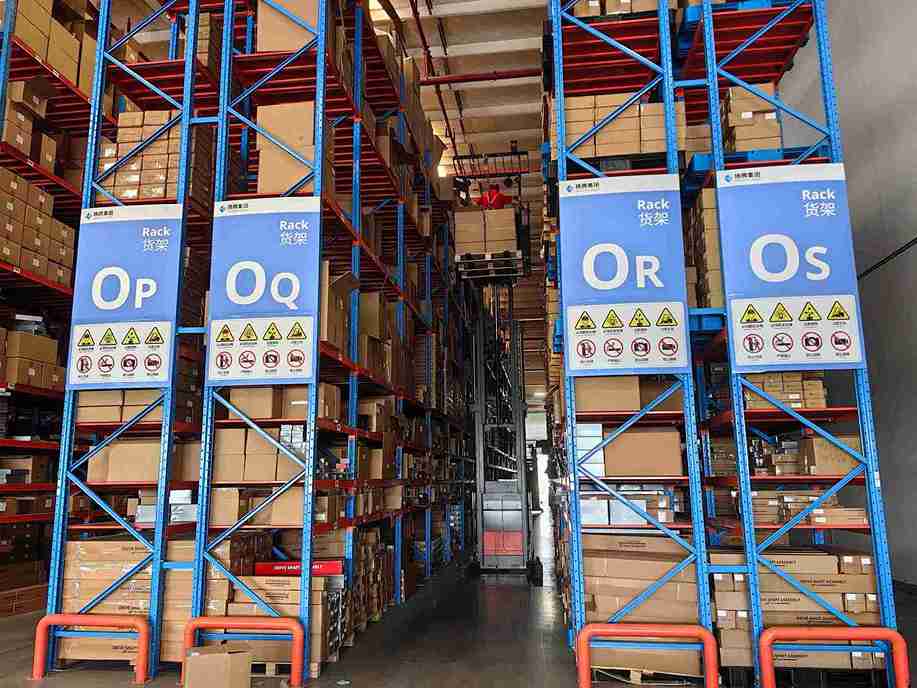
The Intelligence Layer: Fleet Management and Software for Uninterrupted Cold Storage AGV Operations
The physical hardware of the Cold Storage AGV is only half of the uptime equation. The overarching fleet management software acts as the central intelligence, orchestrating the entire system to prevent conflicts, optimize flow, and predict problems before they occur. This software layer transforms a collection of individual Cold Storage AGVs into a synchronized, resilient, and self-optimizing material handling system. The data generated by a fleet of Cold Storage AGVs provides unparalleled visibility into the operational health of the entire storage facility, enabling a shift from reactive firefighting to proactive, data-driven management.
Predictive Maintenance: The Key to Proactive Cold Storage AGV Fleet Management
The paradigm of “run-to-failure” is utterly unaffordable in a -25°C environment. The cornerstone of achieving unmatched uptime with a fleet of Cold Storage AGVs is a robust predictive maintenance regime, powered by the constant stream of telemetry data from every vehicle. The fleet management software continuously monitors a suite of parameters from each Cold Storage AGV, including vibration spectra from motors and gearboxes to detect early signs of bearing wear or lubrication breakdown, thermal profiles of drive units and controllers to flag anomalous heat patterns, and sophisticated battery health analytics that track capacity fade and internal resistance over time.
This data allows the system to forecast component end-of-life and automatically generate work orders for replacement during planned maintenance windows, ensuring that a failing wheel bearing or a degrading battery pack is swapped out in the workshop, not on the freezer floor. This proactive approach is what separates a modern Cold Storage AGV installation from a legacy system plagued by unexpected downtime.
Orchestrating Efficiency: Advanced Traffic Management for Dense Cold Storage AGV Fleets
In a high-density frozen storage facility, inefficient movement doesn’t just slow things down; it creates gridlock that can freeze operations entirely. The advanced traffic management software integrated with professional Cold Storage AGV systems performs a continuous, real-time ballet of optimization. It dynamically assigns tasks based on proximity, battery level, and priority, while also calculating collision-free paths for dozens of Cold Storage AGVs simultaneously.
The system intelligently manages the flow of Cold Storage AGVs to and from the charging stations, ensuring vehicles are rotated for a “sip” of charge before their power levels become critical, thus creating a seamless, uninterrupted flow of materials. This intelligent orchestration maximizes the throughput of every Cold Storage AGV in the fleet, ensuring that the capital investment is being utilized to its fullest potential around the clock.
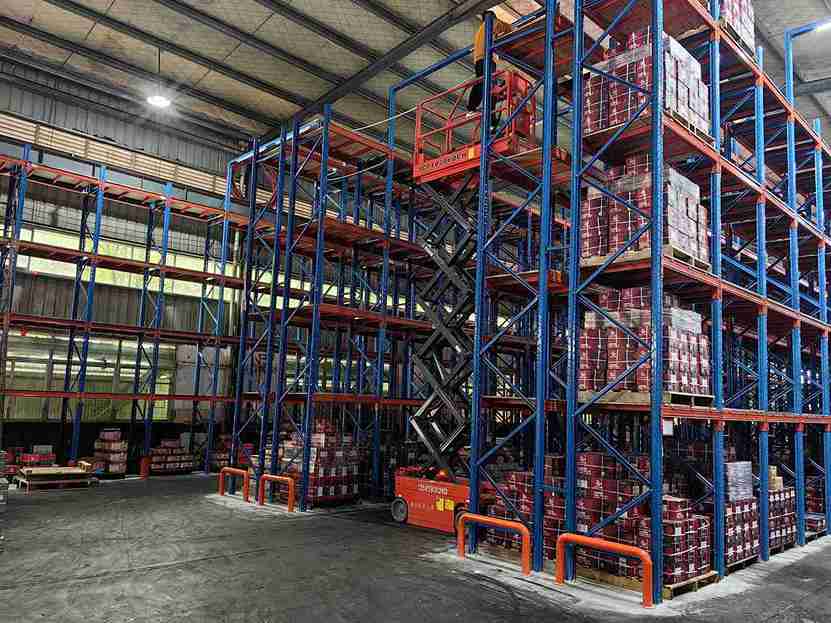
Calculating the Tangible ROI of a Frost-Proof Cold Storage AGV System
While the initial capital outlay for a fleet of hardened Cold Storage AGVs is higher than for standard models or manual systems, the true total cost of ownership (TCO) tells a completely different story. The financial justification for investing in premium Cold Storage AGVs is built on two pillars: the massive mitigation of downtime risk and the powerful gains in operational efficiency. A thorough ROI analysis must look beyond the invoice price of the vehicles and examine the profound impact on the entire frozen storage operation.
Quantifying the Staggering Cost of Downtime in Frozen Storage
The first and most critical step in the ROI calculation is to accurately quantify the cost of operational downtime for a specific facility. For a frozen food distributor, a single hour of halted operations could mean missing a critical shipping window for a container load of goods, resulting in contract penalties and reputational damage. For a pharmaceutical warehouse, it could risk the integrity of a multi-million dollar batch of temperature-sensitive biologics.
The cost equation must include direct costs like wasted labor hours for idle staff and technicians, the value of any compromised inventory, and the overtime premiums required to catch up. It must also factor in less tangible but equally devastating costs, such as long-term damage to client trust and brand reputation. When this hourly downtime figure is established—and for many of our clients, it ranges from thousands to tens of thousands of dollars per hour—the value of the uptime delivered by robust Cold Storage AGVs becomes an easily justifiable investment.
The Efficiency Dividend: How Cold Storage AGVs Drive Positive Gains
Beyond catastrophic risk mitigation, a well-implemented fleet of Cold Storage AGVs delivers a powerful “efficiency dividend” that actively boosts profitability. Unlike human workers, Cold Storage AGVs can operate 24/7 without breaks, shift changes, or the physical and mental fatigue associated with working in extreme cold. This alone can dramatically increase the effective operating hours of a facility.
Furthermore, the automation of material movement with Cold Storage AGVs brings near-perfect accuracy to tasks like picking and put-away, virtually eliminating the costly errors of mis-shipped items or lost inventory. This allows human workers to be redeployed to higher-value tasks such as quality control, system supervision, and exception handling, thereby improving both operational intelligence and employee job satisfaction. The ROI, therefore, is not merely defensive; it is a proactive driver of margin expansion and competitive advantage.
Case in Point: Transforming a Southeast Asian Frozen Seafood Exporter with Cold Storage AGVs
A compelling illustration of this transformative impact comes from a major frozen seafood exporter based in Vietnam. Facing intense international competition, the company was struggling with the limitations of a fully manual operation in its -28°C storage facility. High staff turnover due to the harsh working conditions, persistent picking inaccuracies, and safety concerns were costing the company over $200,000 annually in lost efficiency and errors.
The deployment of a tailored fleet of 15 Cold Storage AGVs, fully integrated with the company’s existing Warehouse Management System (WMS), fundamentally reshaped their operations. The Cold Storage AGVs were tasked with the automated movement of pallets from the blast freezing area to high-density storage racks and then to the loading docks for order fulfillment. The results, measured after one full year of operation, were dramatic:
Uptime: The fleet achieved a remarkable 99.6% operational availability, a figure unheard of with their previous manual system.
Throughput: Order processing speed increased by 140%, allowing them to handle larger contracts and seasonal peaks with ease.
Accuracy: Picking and placing errors were reduced to zero, eliminating costly shipping mistakes and inventory reconciliation issues.
ROI: The entire system paid for itself in under 14 months. The company now realizes annual savings and cost avoidances of approximately $350,000, stemming from reduced labor costs, higher productivity, and the complete elimination of error-related losses.
This case is not an anomaly; it is a representative example of the operational and financial transformation that is possible when purpose-built Cold Storage AGVs are applied to a challenging deep-freeze logistics environment.
The Selection Criteria: How to Vet a True Cold Storage AGV Partner
Selecting a supplier for Cold Storage AGVs is a high-stakes decision. The market contains vendors with varying levels of expertise, and a poor selection can lead to years of operational headaches and financial drain. Distinguishing a true deep-freeze automation specialist from a general-purpose AGV supplier with a lightly modified product requires a disciplined and technical vetting process. The following criteria serve as a critical checklist for any business considering the automation of its -25°C warehousing operations.
Key Technical and Operational Questions to Ask Any Potential Supplier
Certification and Data: “Can you provide third-party test reports or certifications that validate the performance claims (e.g., battery capacity, component reliability) of your Cold Storage AGVs at a sustained -25°C or lower?”
Battery Specifics: “What is the exact battery chemistry used, and what is the tested and guaranteed capacity retention at -25°C over a standard 8-hour shift? What is the thermal management strategy?”
Environmental Protection: “What is the specific IP rating of the drive units, control cabinet, and primary sensors? Can you demonstrate the sealing methodology for cable conduits and connectors?”
Software and Support: “Can you provide a detailed demo of your predictive maintenance software and provide a sample maintenance schedule? What is the structure of your technical support, including remote diagnostics and local/regional spare parts availability?”
Proven Experience: “Can you supply contactable reference clients in a similar industry (e.g., frozen food, pharmaceuticals) who have operated your Cold Storage AGVs in a comparable environment for at least 12 months?”
A genuine specialist will have detailed, evidence-based answers to these questions readily available. A generalist will often respond with vague assurances or marketing jargon, which is a significant red flag for a project of this critical nature.
The Future is Autonomous and Frozen: The Evolving Role of Cold Storage AGVs
The trajectory of global logistics is unequivocal: the demand for frozen and temperature-controlled storage capacity will continue its aggressive growth. In this landscape, automation is the key differentiator between market leaders and struggling followers. The next generation of Cold Storage AGVs is already evolving, incorporating advancements in artificial intelligence for even more dynamic path planning, enhanced swarm intelligence for fleet cooperation, and deeper integration with the Internet of Things (IoT) for holistic facility management.
The companies that will dominate the cold chain of the future are those making strategic investments today in the most robust, reliable, and intelligent Cold Storage AGVs available. By partnering with an engineering-focused provider with proven expertise in -25°C warehousing, businesses are not simply purchasing equipment; they are future-proofing their entire logistics infrastructure, building a resilient, efficient, and highly profitable operation capable of meeting the demands of the next decade and beyond.
Conclusion
In the high-stakes, zero-compromise world of -25°C warehousing, the choice of automation partner dictates operational success or failure. Standard, lightly modified automation solutions introduce critical vulnerabilities where the business requires absolute strength and predictability.
The pursuit of unmatched uptime is a complex engineering challenge that demands a symbiotic relationship between hardened, industrial-grade Cold Storage AGV hardware and intelligent, predictive software. It is a highly specialized field where every material, every battery cell, every line of code, and every system integration must be purpose-built and rigorously validated for the extreme.
By adhering to these core engineering principles and a relentless focus on operational reliability, providers of Cold Storage AGVs deliver systems that do not merely function—they excel, transforming the most challenging deep-freeze environments into a source of durable competitive advantage. The strategic choice is clear: continue to battle the elements with inadequate tools and escalating costs, or partner with the specialists whose entire focus is on conquering the cold with proven, reliable Cold Storage AGV technology.
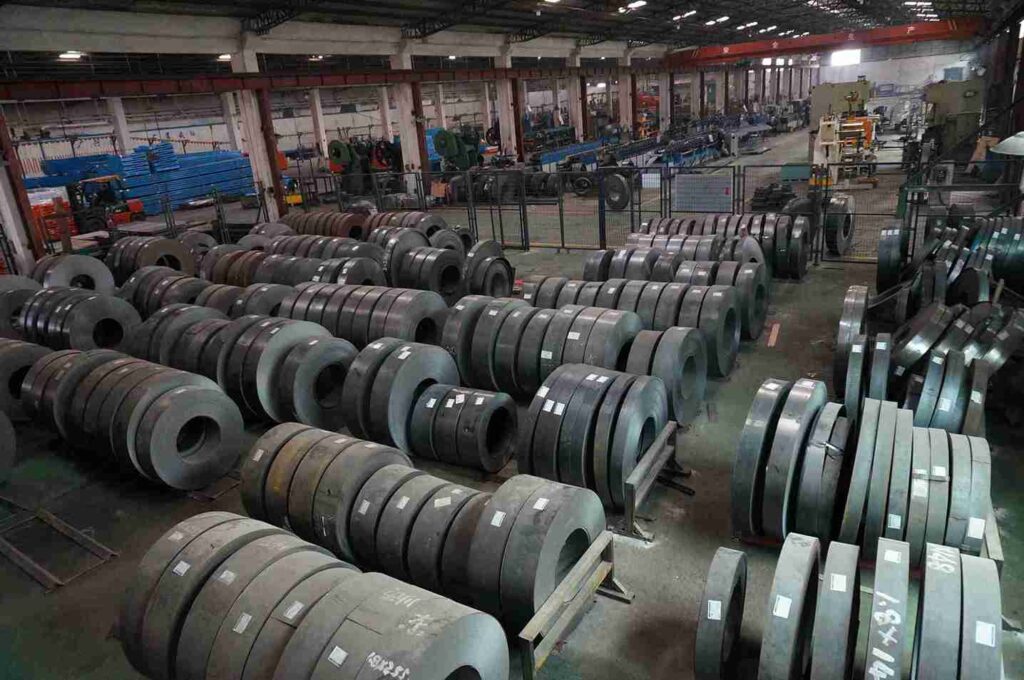
Frequently Asked Questions (FAQs)
1. What is the typical lead time for a custom -25°C Cold Storage AGV system?
Lead times for a fully integrated system of Cold Storage AGVs typically range from 16 to 24 weeks from project kick-off. This timeline encompasses the critical initial phase of a detailed site survey, collaborative system design, manufacturing of the hardened Cold Storage AGVs, custom software integration, and comprehensive factory acceptance testing (FAT) to validate performance against all specifications before disassembly and shipment to the client’s facility.
2. How do your Cold Storage AGVs handle poor floor conditions like ice buildup or slick surfaces?
The Cold Storage AGVs designed for deep-freeze applications are equipped with specially formulated tires that maintain pliability and grip on slick, frozen surfaces. From a software perspective, the navigation and traction control systems are programmed to account for potential wheel slip. By fusing data from the laser navigation with the inertial measurement unit (IMU) and wheel encoders, the Cold Storage AGV can detect and compensate for slip, maintaining accurate positioning and preventing wheel spin that could polish the ice and worsen conditions.
3. Can your Cold Storage AGV system integrate with our existing Warehouse Management System (WMS)?
Seamless integration is a foundational requirement for any modern Cold Storage AGV deployment. Our systems communicate via robust, standardized RESTful APIs, allowing for bidirectional data exchange with all major WMS and ERP platforms, including SAP, Oracle, and Manhattan Associates. Our integration team works directly with your IT and logistics personnel to ensure a secure and efficient connection, enabling real-time task assignment and inventory status updates.
4. What does the ongoing support and maintenance look like for these specialized Cold Storage AGV systems?
We offer tiered, proactive support packages tailored to the critical nature of cold chain operations. These include 24/7 remote monitoring of the Cold Storage AGV fleet, dedicated technical support hotlines, and on-site service contracts. Leveraging our predictive maintenance platform, many potential issues are identified and resolved remotely, or replacement parts are dispatched proactively to arrive before they are needed. We maintain a global network of service technicians, with a strong presence in key growth regions like Southeast Asia, the Middle East, and Latin America.
5. Are there enhanced safety protocols specific to operating Cold Storage AGVs in such cold environments?
Absolutely. Safety is engineered into every aspect of our Cold Storage AGVs. Enhanced features include heated and brightly colored LED warning lights to ensure high visibility in the often-hazy freezer air, loudspeakers certified to produce clear audio at low temperatures, and safety laser scanners that maintain their functional integrity and accuracy in the extreme cold. Furthermore, we provide comprehensive operational and safety training for all client staff, covering both standard procedures and specific emergency protocols for the unique freezer environment.
If you require perfect CAD drawings and quotes for warehouse racking, please contact us. We can provide you with free warehouse racking planning and design services and quotes. Our email address is: jili@geelyracks.com


